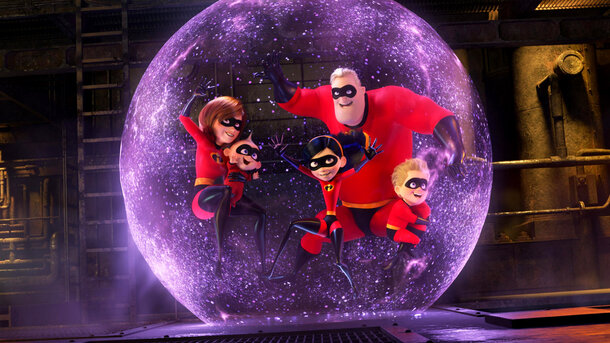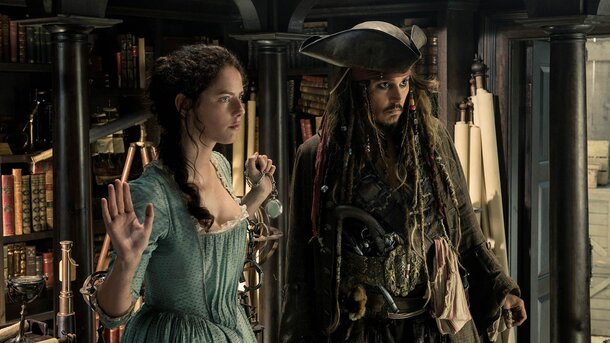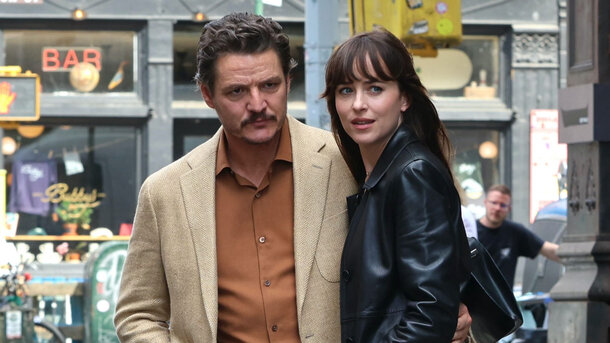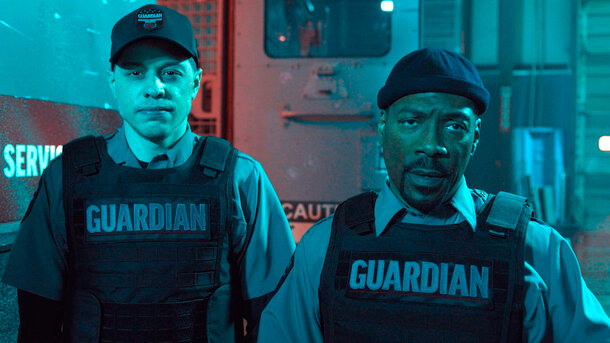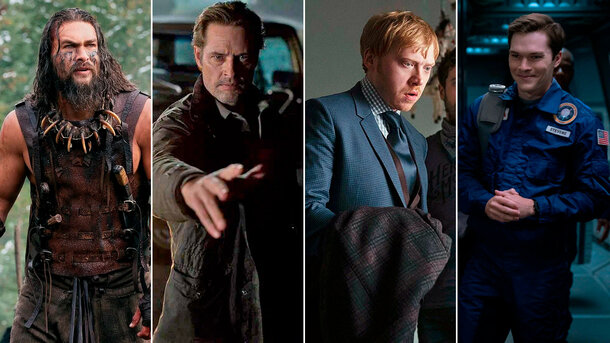Stepping into the realm of Kubrick’s 2001: A Space Odyssey felt like embarking on a surreal journey through the cosmos — a spellbinding encounter with the unknown. I vividly recall my first late-night cinema event, where the film’s hypnotic visuals and enigmatic narrative sent shivers down my spine. The experience is as much about the film’s striking elegance as it is about its haunting silence, which resonates long after the credits roll.
Plot Overview
Without divulging too much, the film unfolds as an odyssey of evolution and mystery. It weaves the tale of humankind’s primordial beginnings and the leap to space-age civilisation, punctuated by the eerie intervention of a mysterious monolith. The narrative is less about traditional plot mechanics and more about evoking emotions and philosophical musings on our place in the universe—a contemplative experience that invites repeated viewings.
Director’s Vision
Stanley Kubrick’s meticulous craftsmanship is evident in every frame. His visionary direction transforms scientific speculation into an art form, merging technical brilliance with profound thematic depth. Kubrick’s deliberate pacing and spatial utilisation challenge the viewer to ponder the cosmic ballet of chance and destiny, making every moment feel thoughtfully curated.
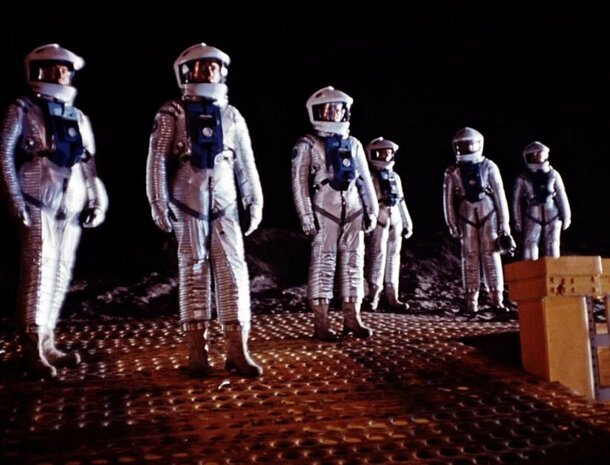
Performances
The performances, though understated, are powerfully emblematic. Keir Dullea’s portrayal of Dr. Dave Bowman and Gary Lockwood’s depiction of Dr. Frank Poole convey a sense of measured calm and stoic wonder. Their nuanced expressions complement the film’s minimalist dialogue, evoking a reflective contemplation rather than overt theatrics. I found these portrayals perfectly in tune with the film’s broader meditations on human evolution.
Cinematography and Sound
Geoffrey Unsworth’s extraordinary cinematography captures the vast, indifferent beauty of space, creating visual tableaux that remain etched in the mind. Coupled with an evocative soundscape — featuring a mesmerizing blend of classical music pieces — the film transforms visual austerity into an epic sensory journey. The seamless integration of sound and image heightens the enigma, drawing audiences deeper into its abstract narrative.
Themes and Symbolism
At its heart, 2001 is a meditation on transformation, evolution, and the ambiguity of human progress. Its symbolic monolith has sparked endless debate, representing both the dawn of civilisation and the inscrutable forces that shape our destiny. The interplay between technology and humanity invites viewers to question the very essence of existence and the future we forge.
Audience Reactions: UK vs USA
In the United Kingdom, audiences are often captivated by the film’s intellectual allure and artistic subtlety, praising its audacious ambition at late-night cinema events. Conversely, the US audience tends to appreciate its pioneering visual effects and thematic boldness, discussing its impact during lively film forums. Despite differing cultural lenses, both share a profound respect for its revolutionary cinematic language.
Final Verdict
2001: A Space Odyssey remains a profound cinematic experience — an abstract journey that challenges our perceptions and leaves us yearning for answers. With an IMDb rating of 8.3, a reported budget of approximately $10.5 million, and accolades including an Academy Award for Best Visual Effects, its legacy continues to influence and inspire.


